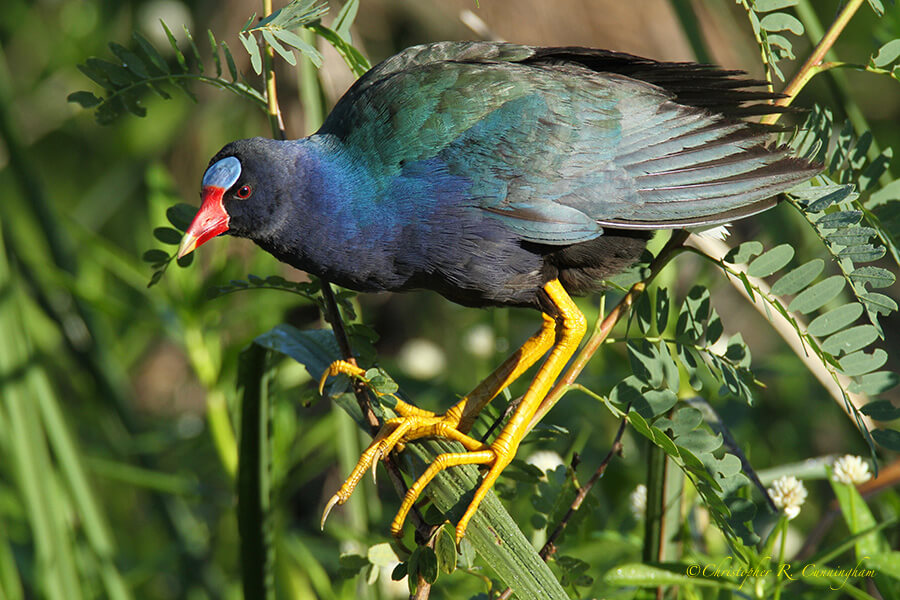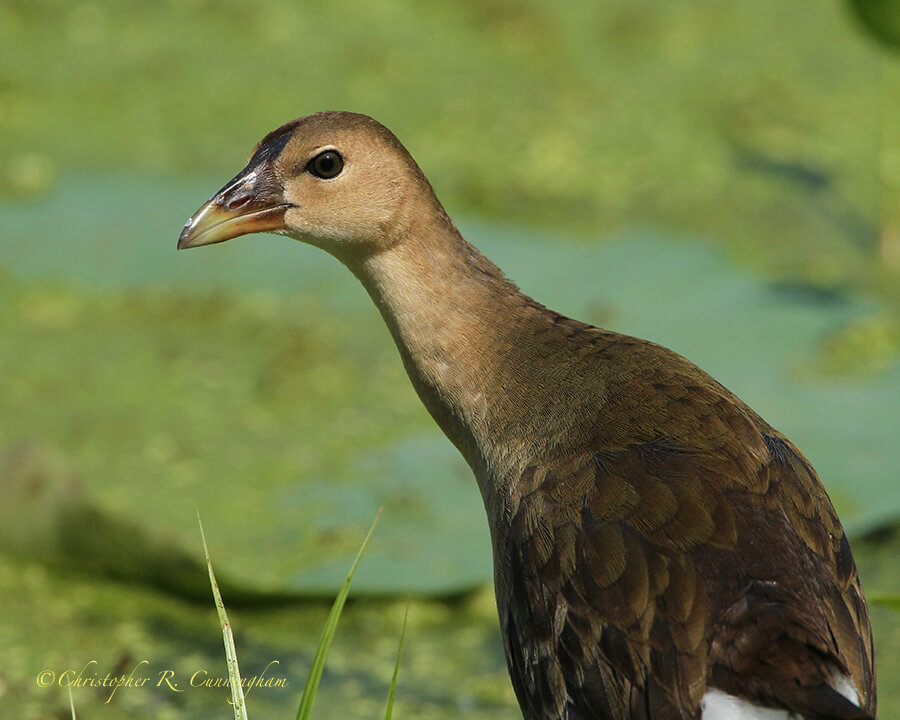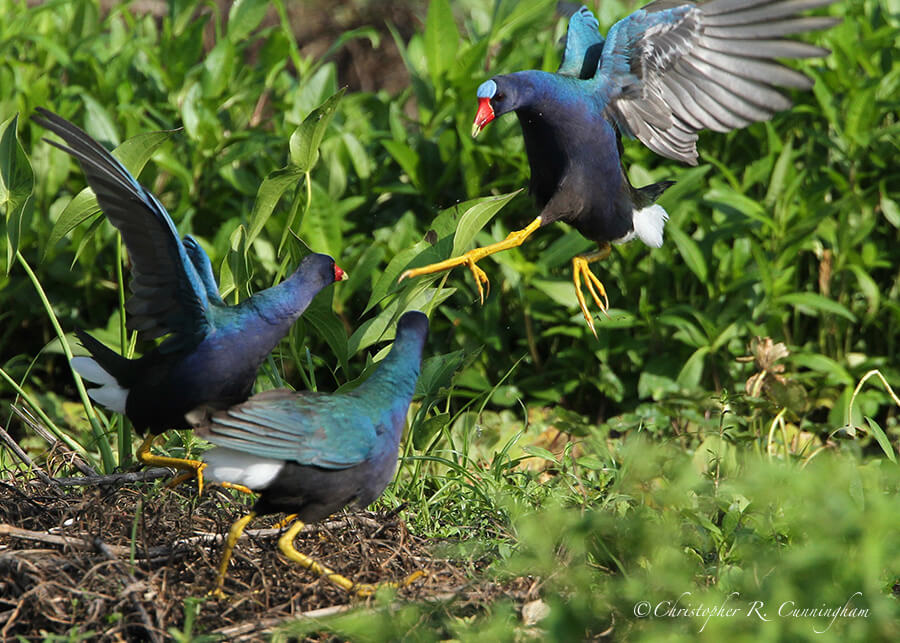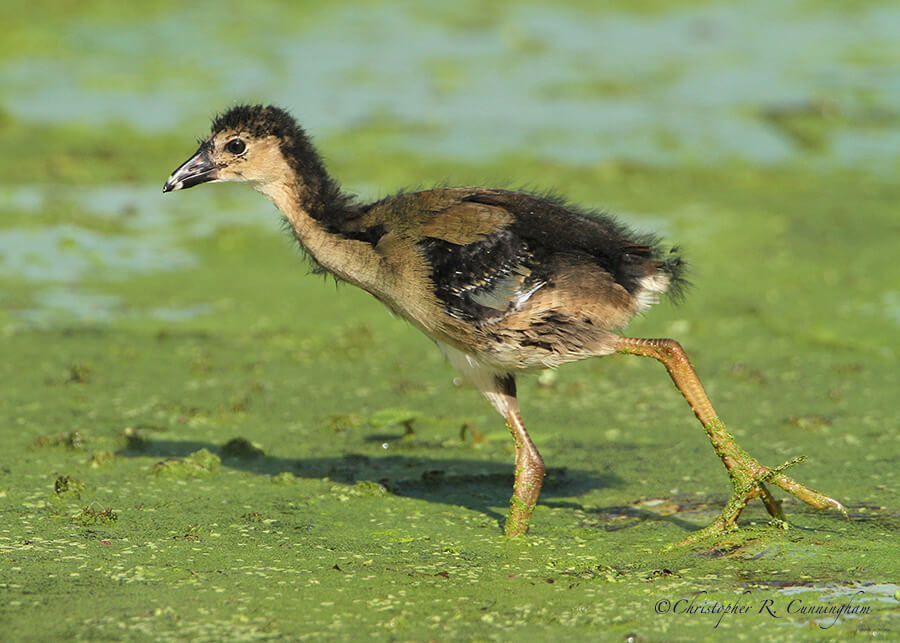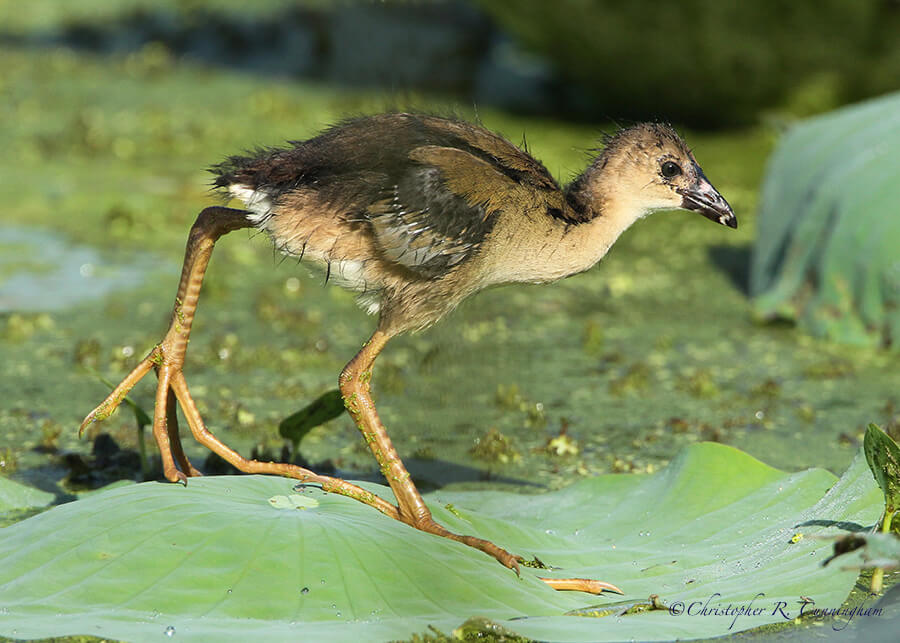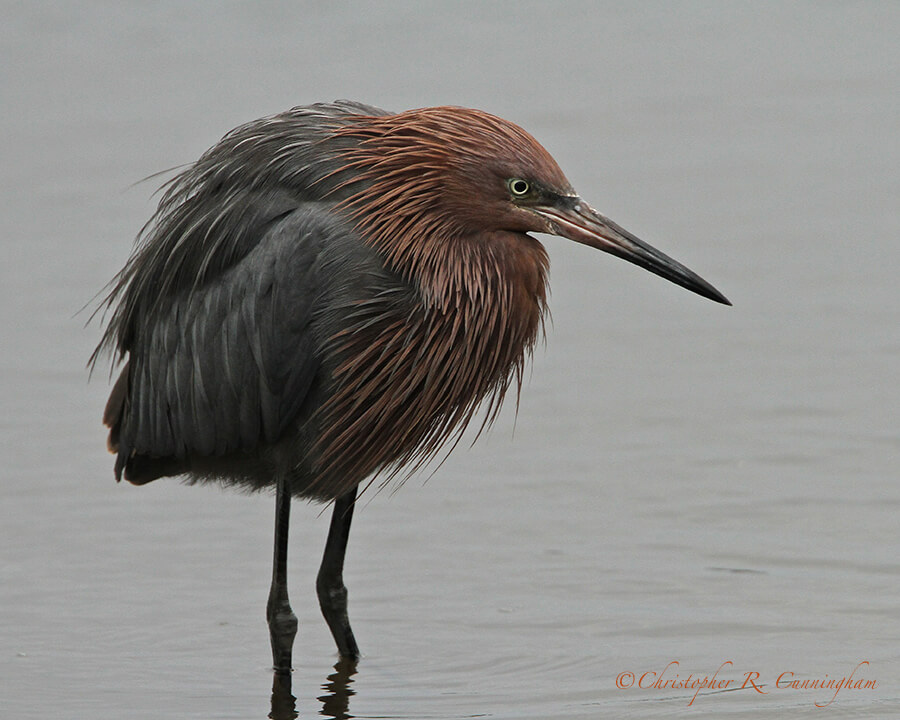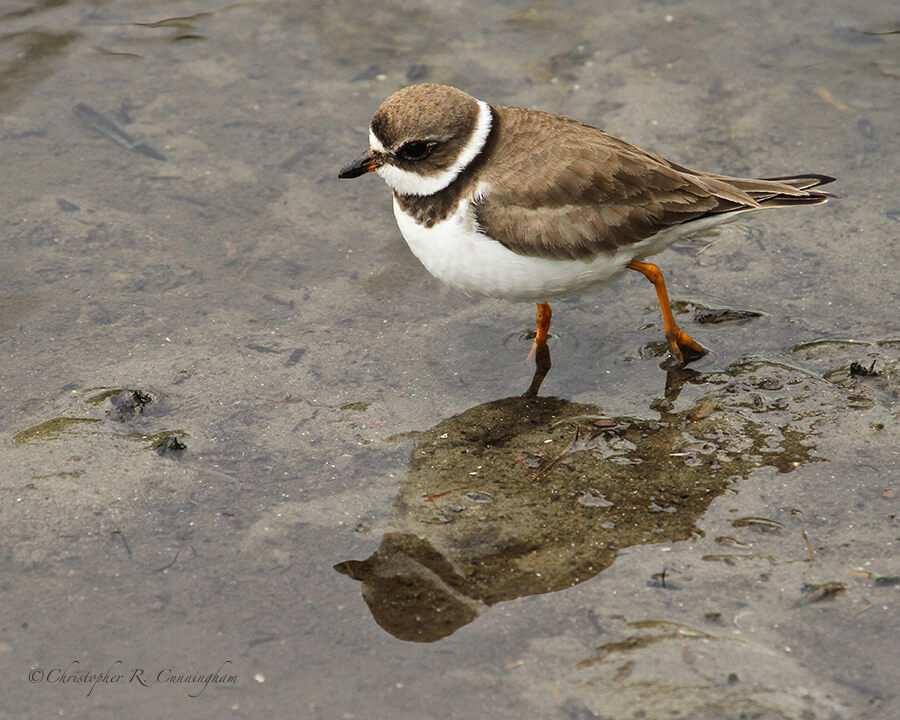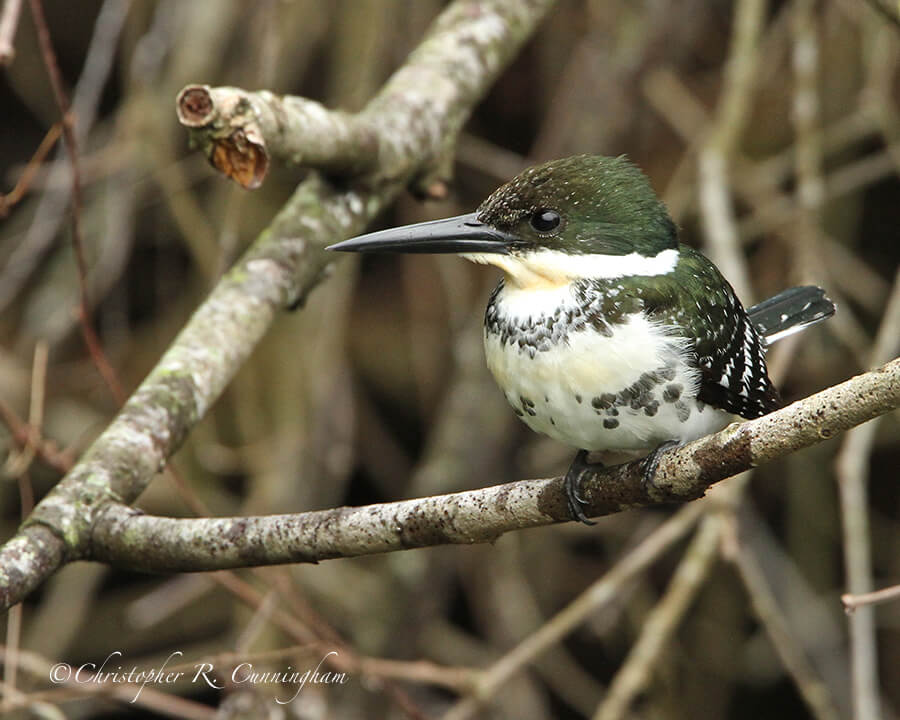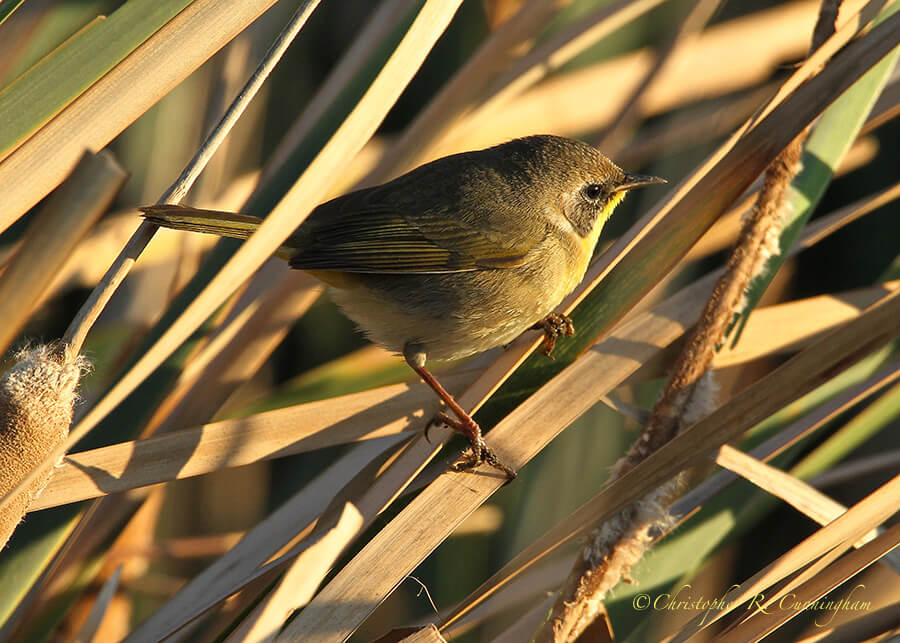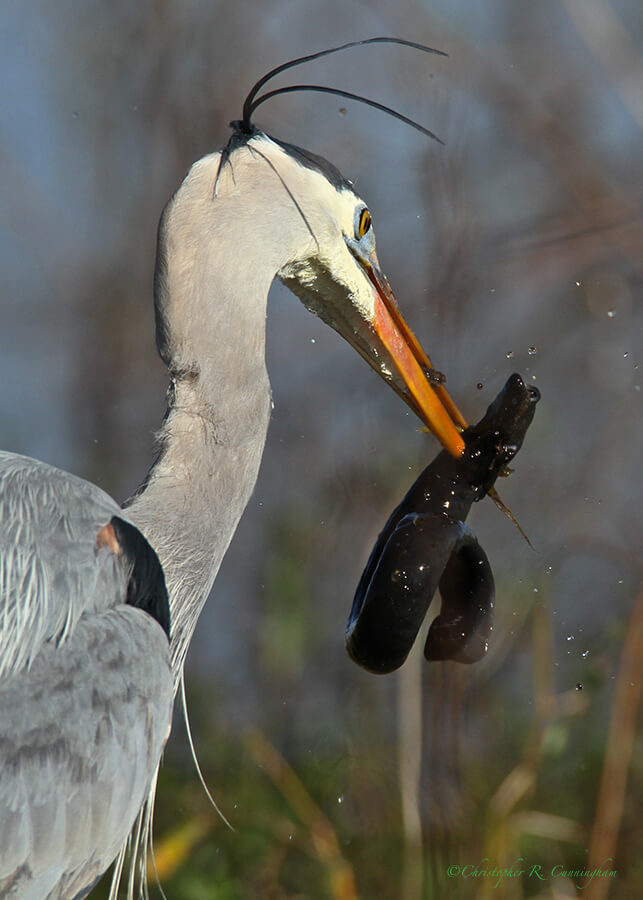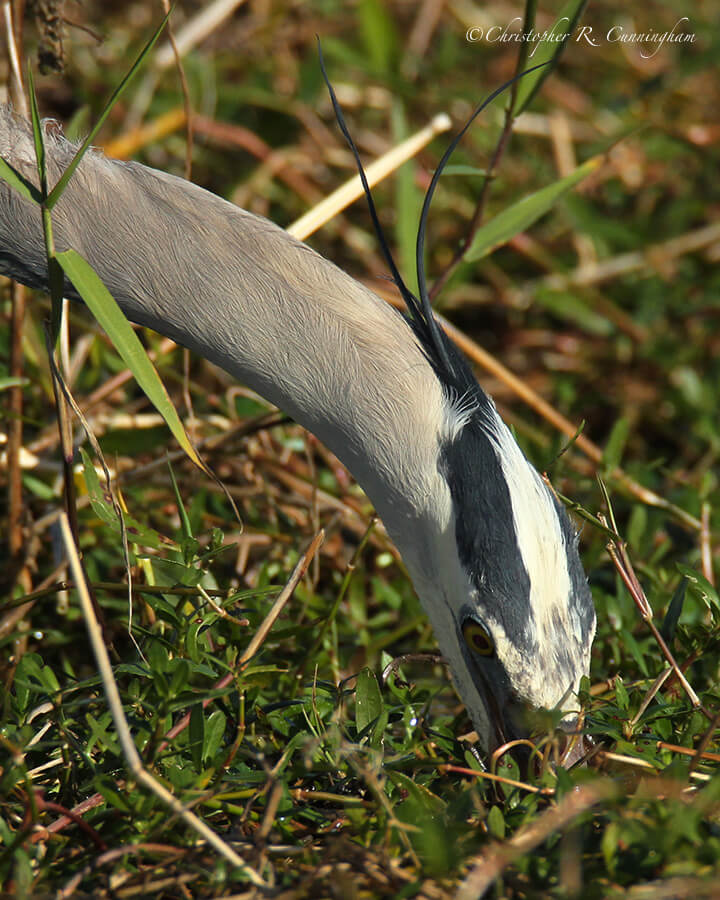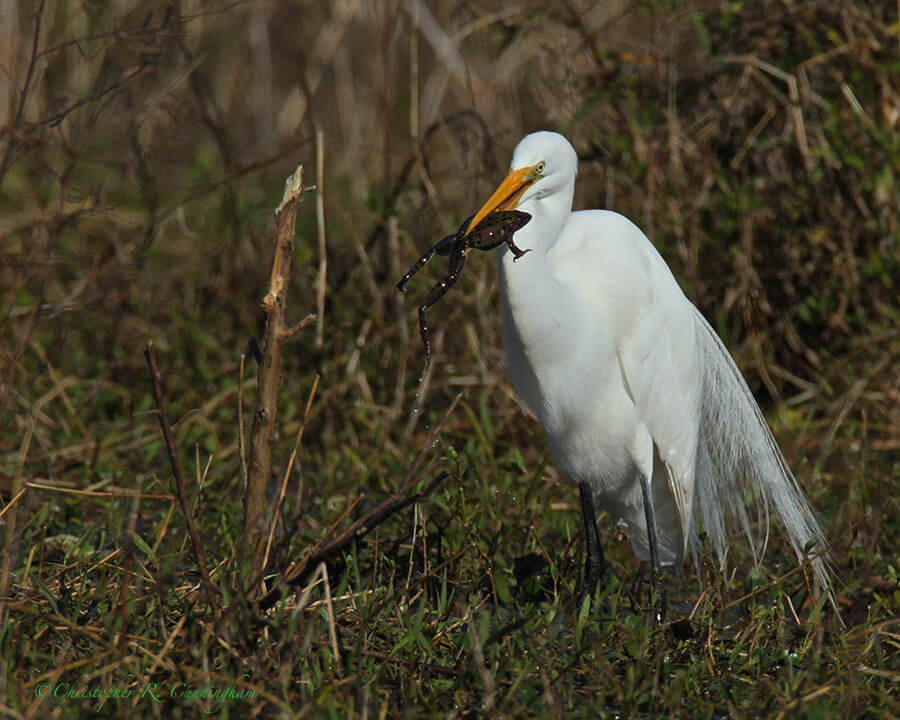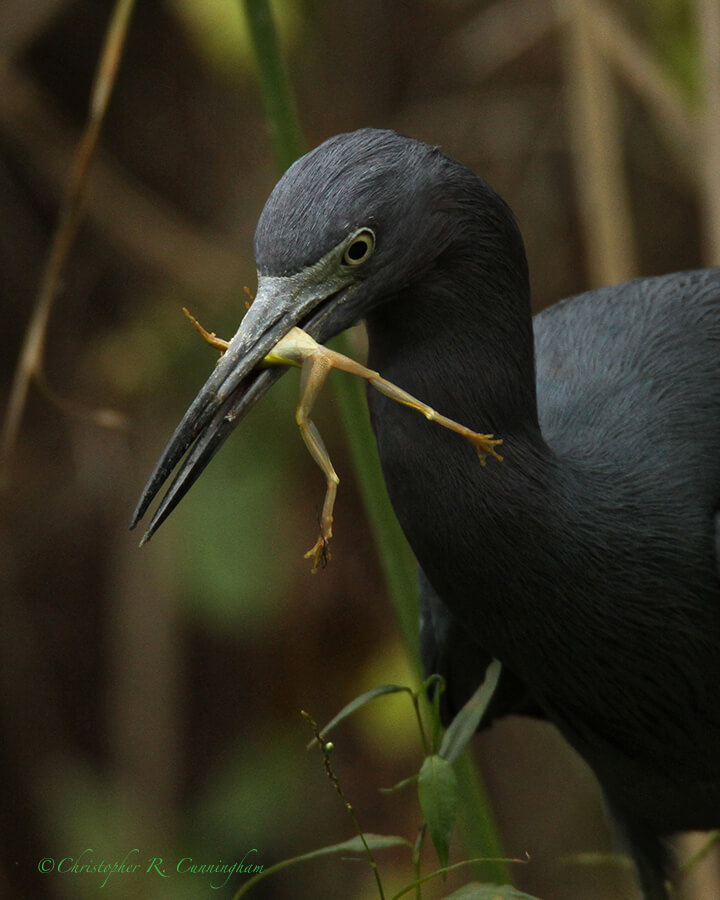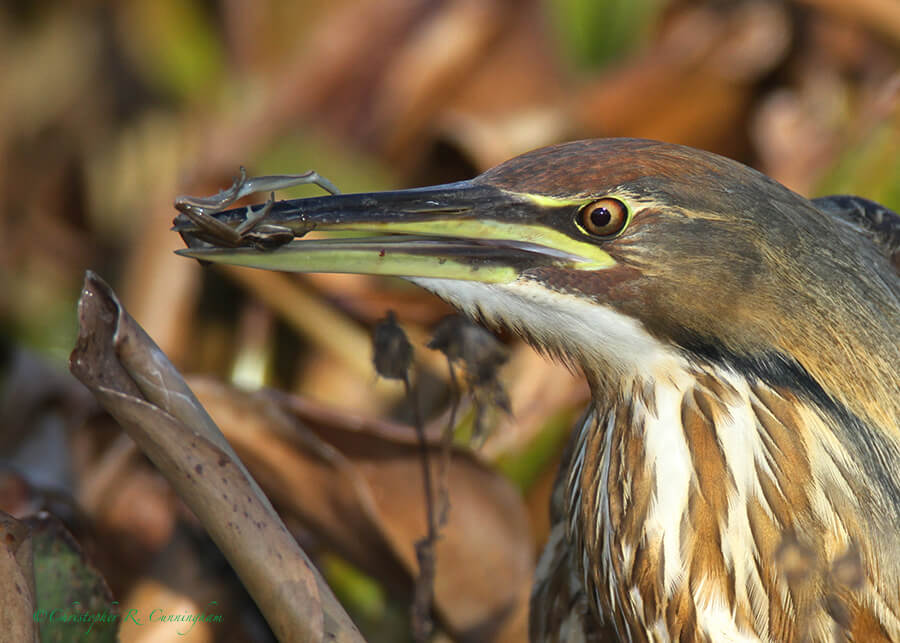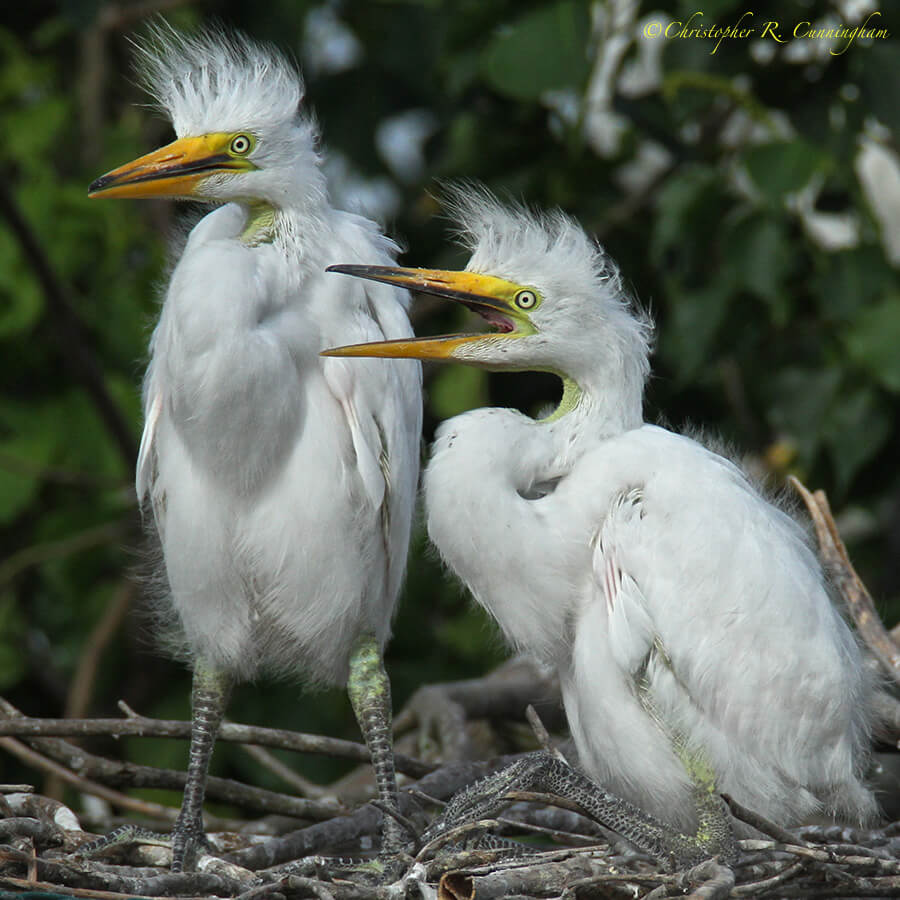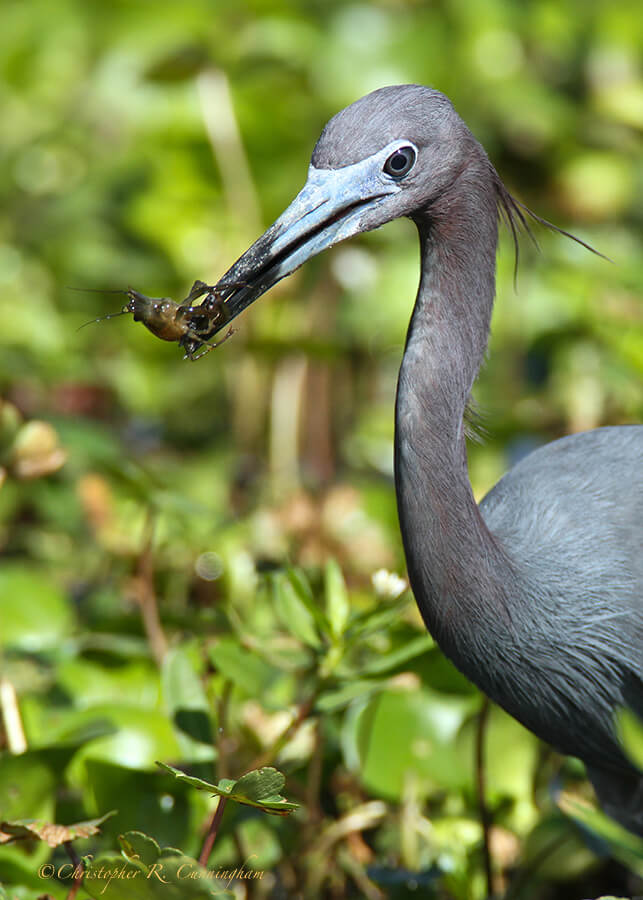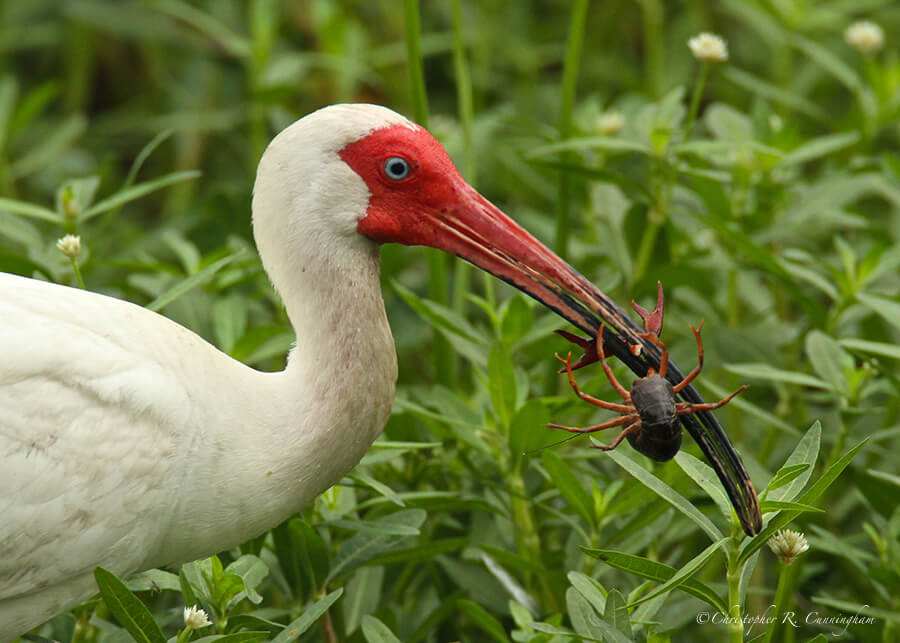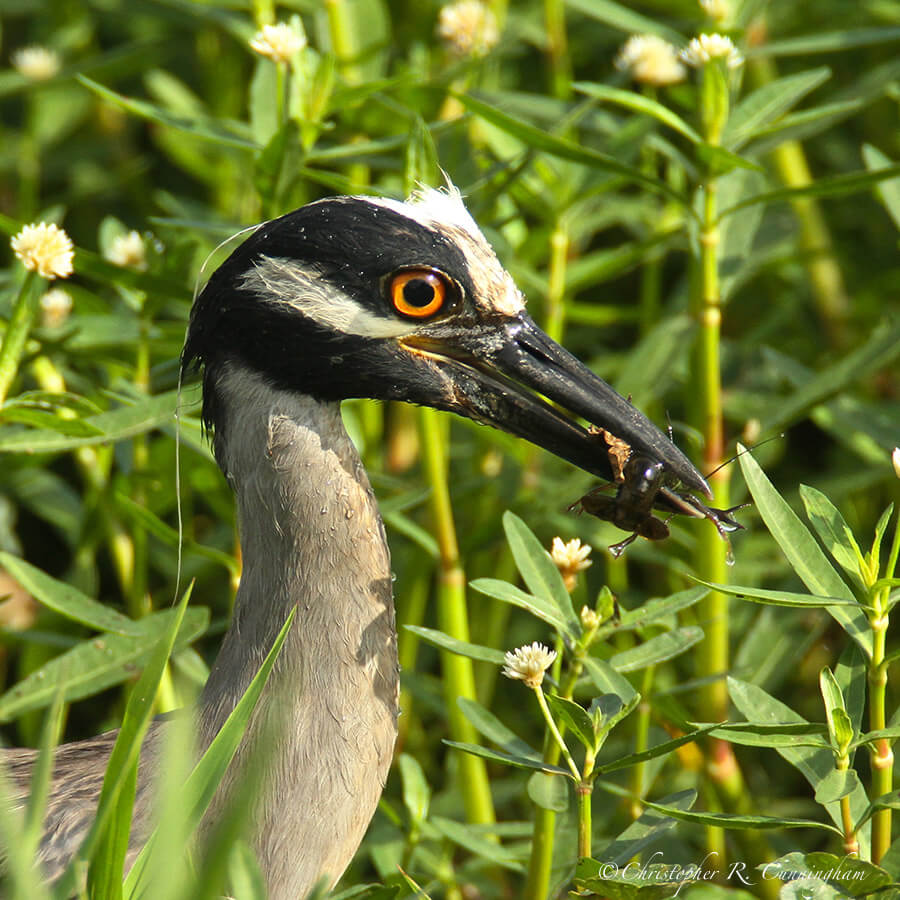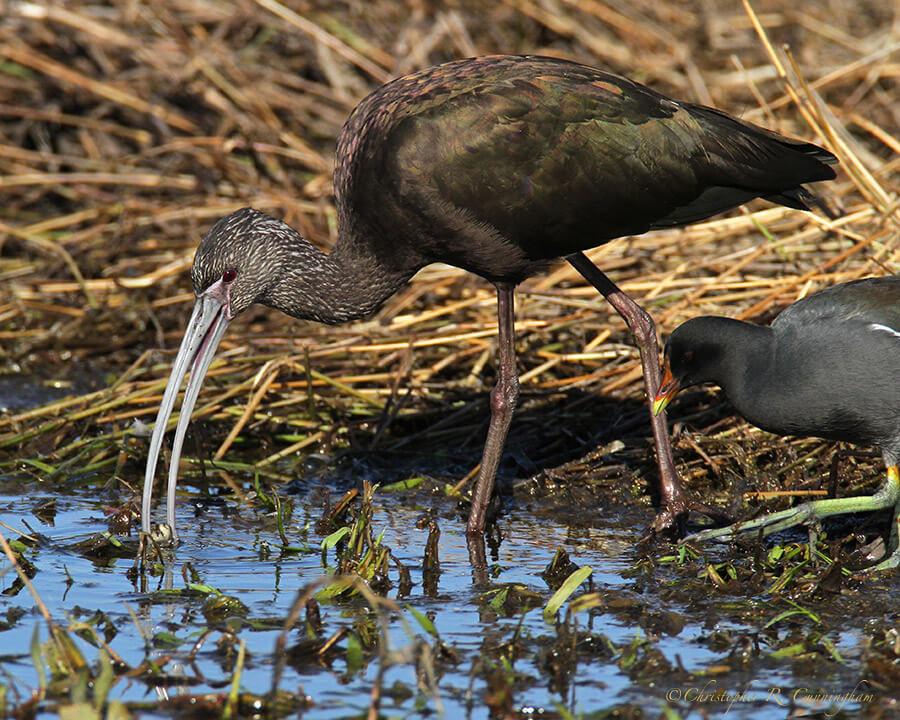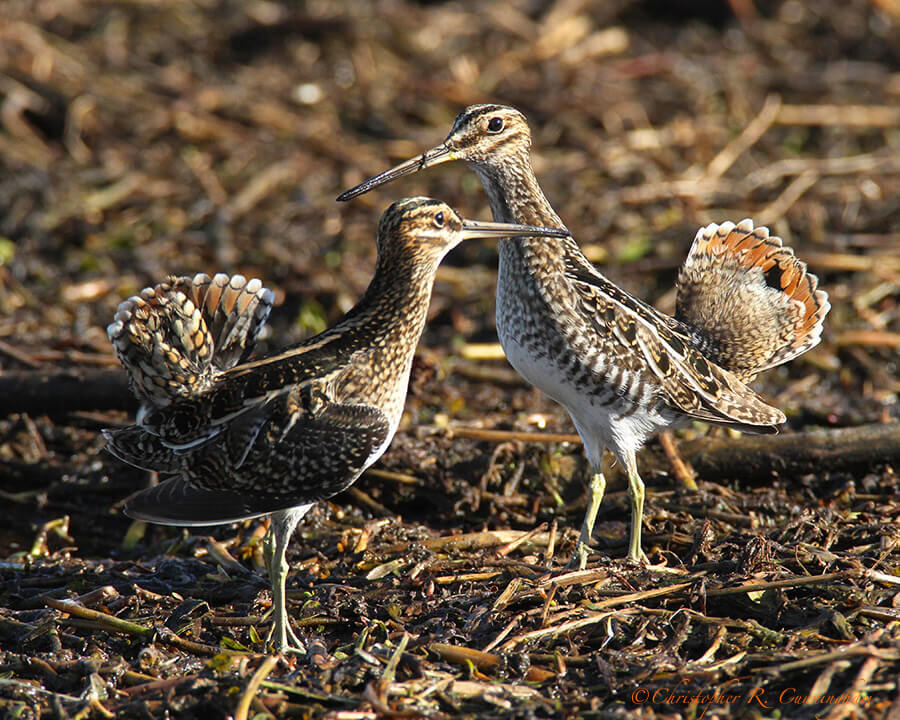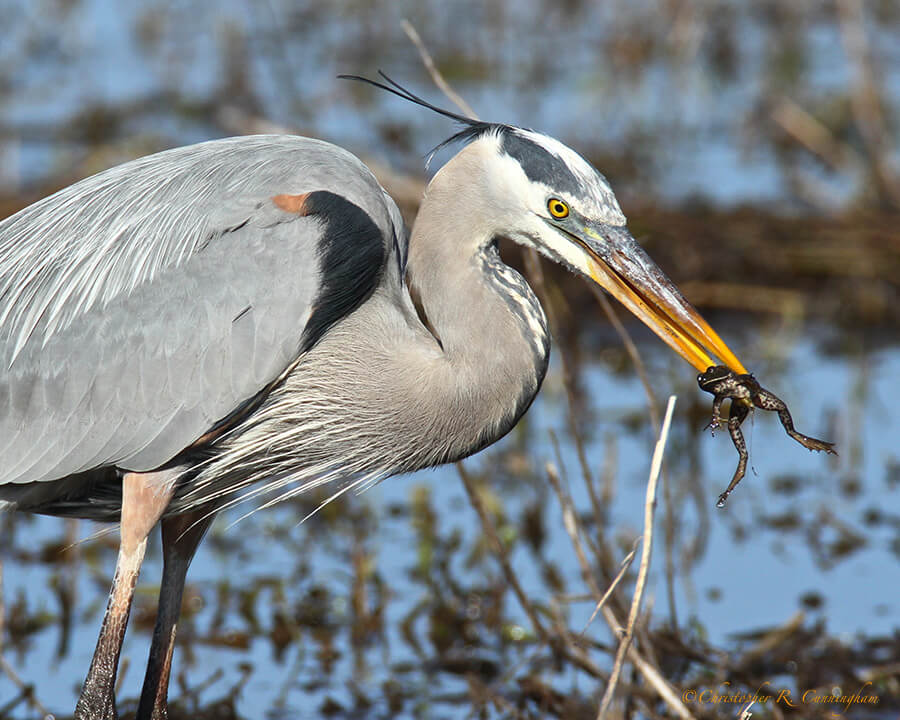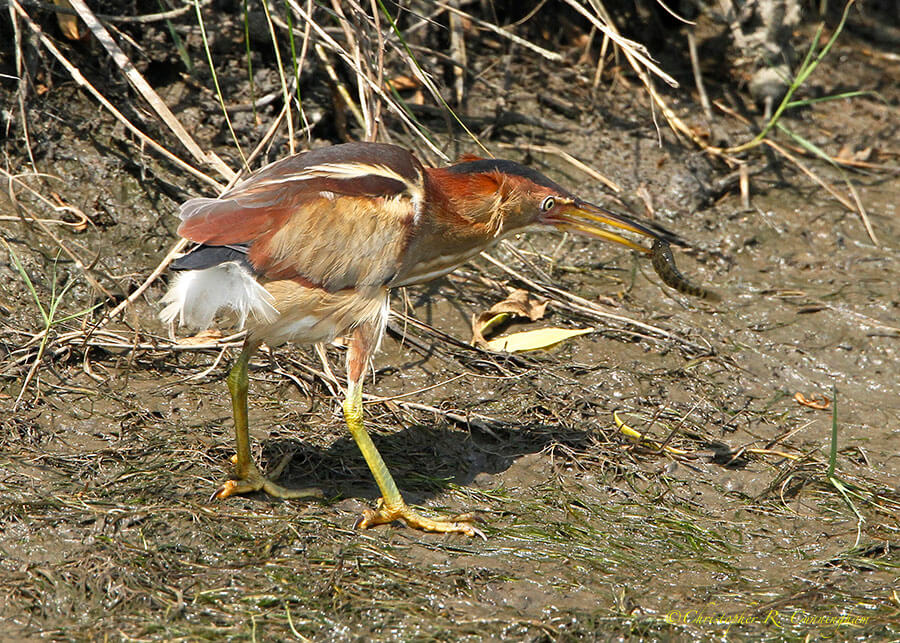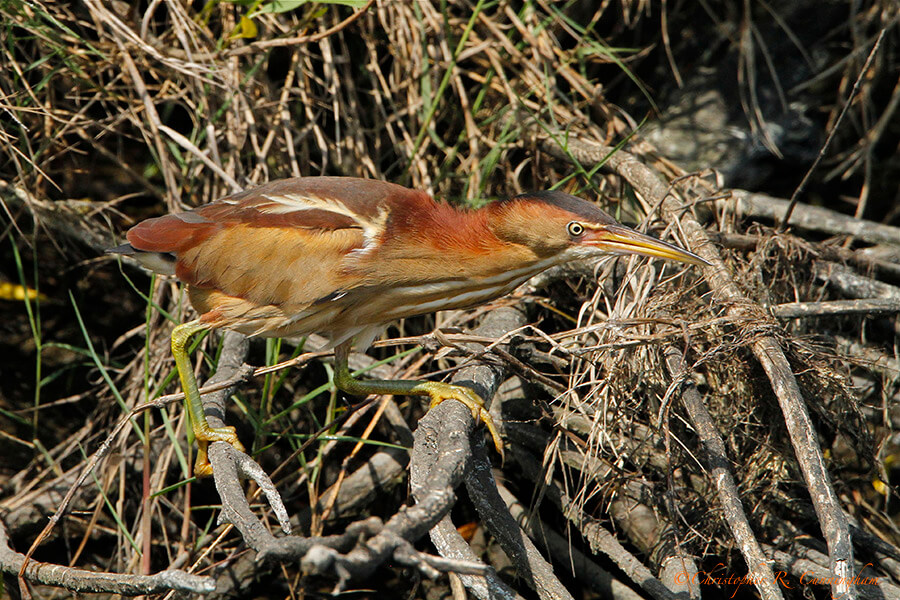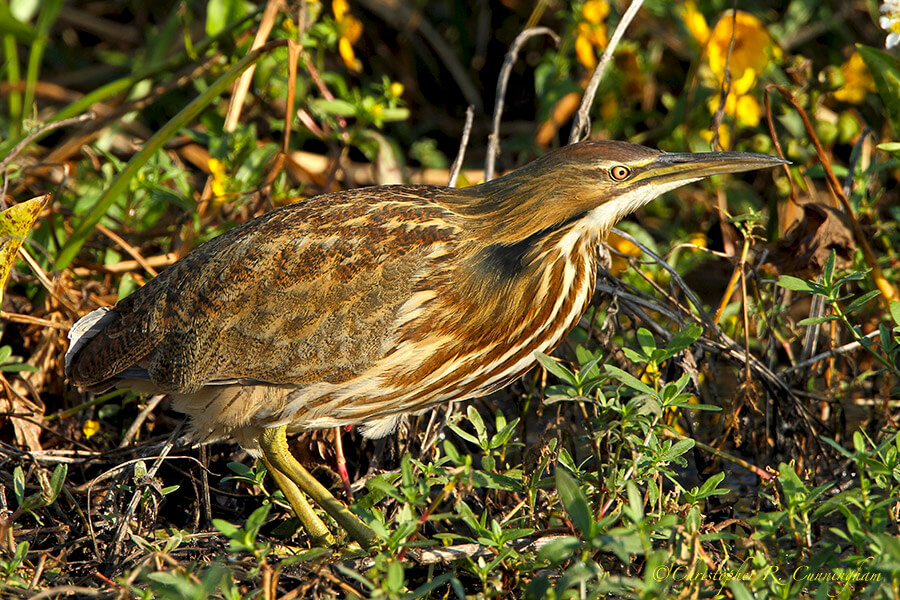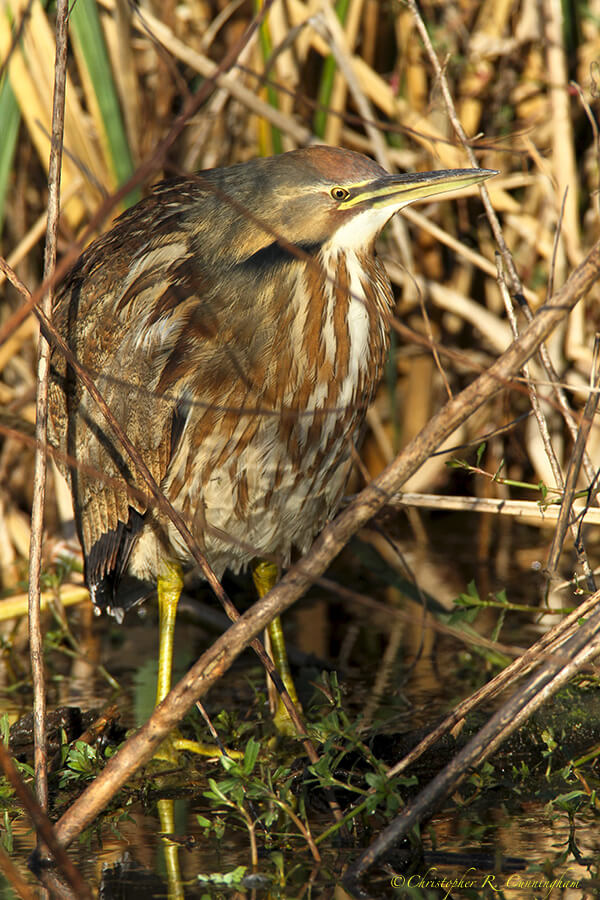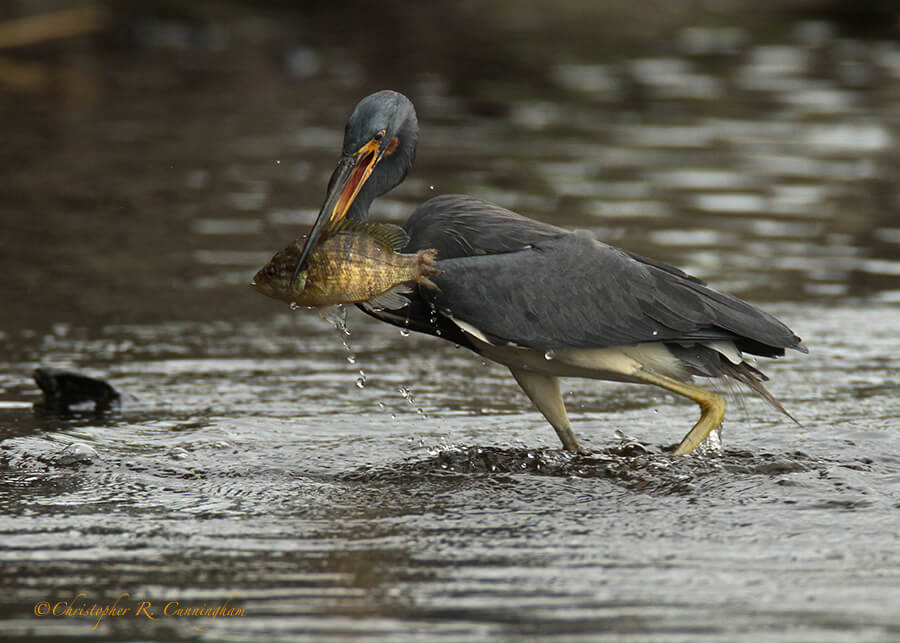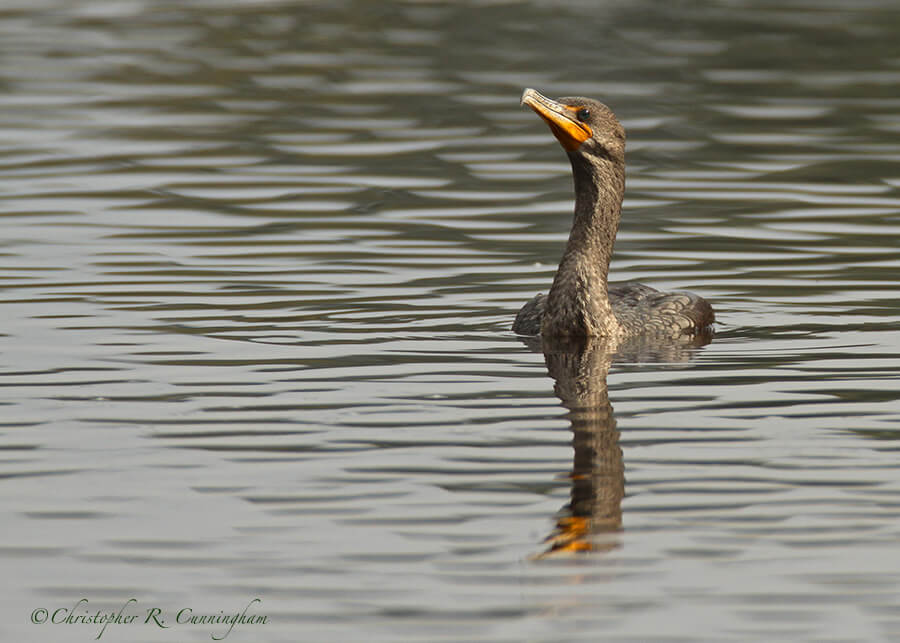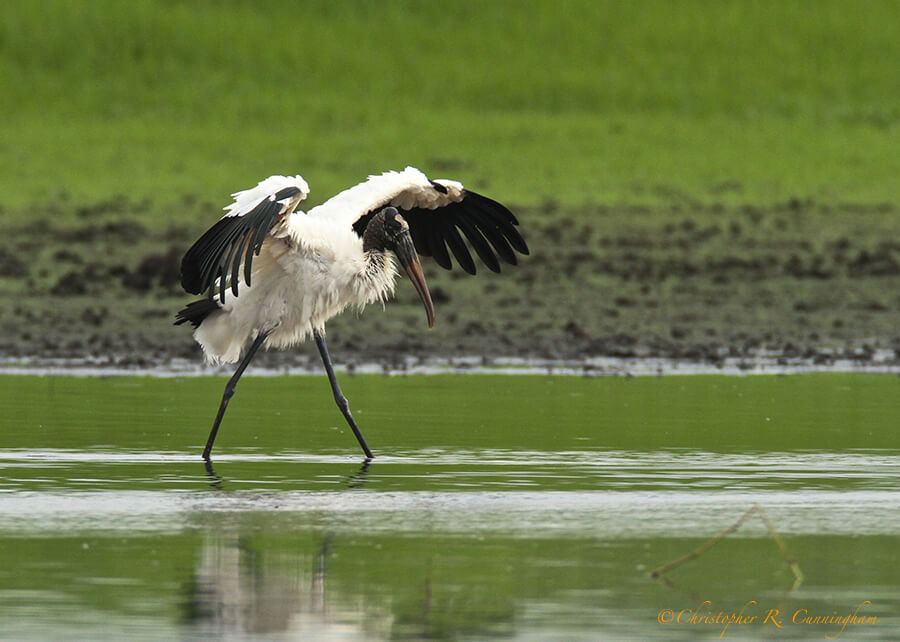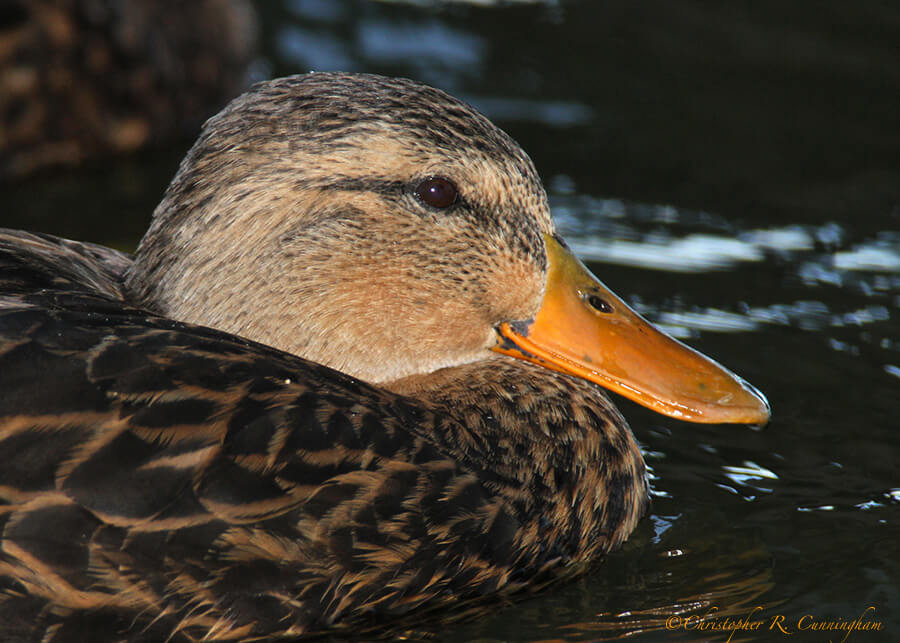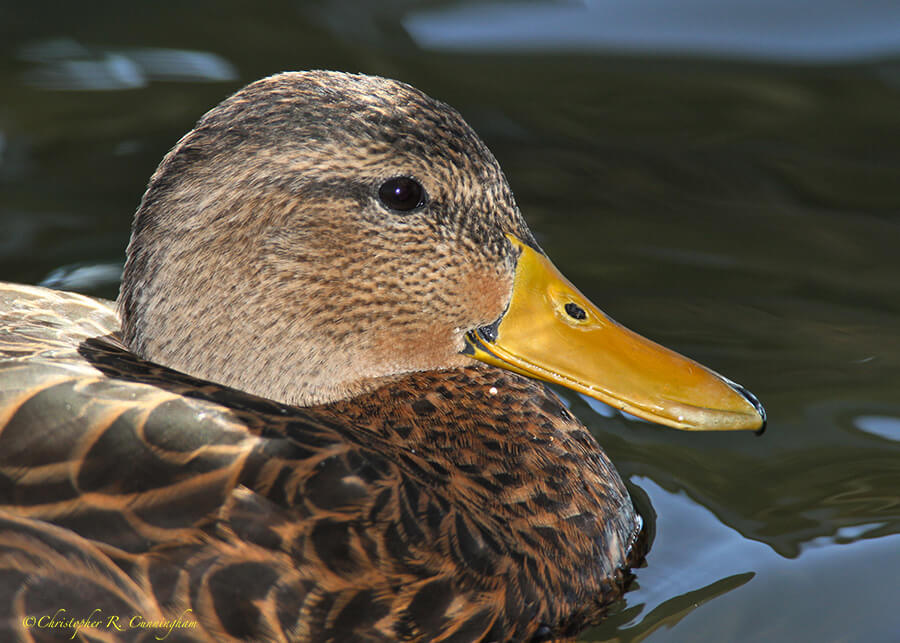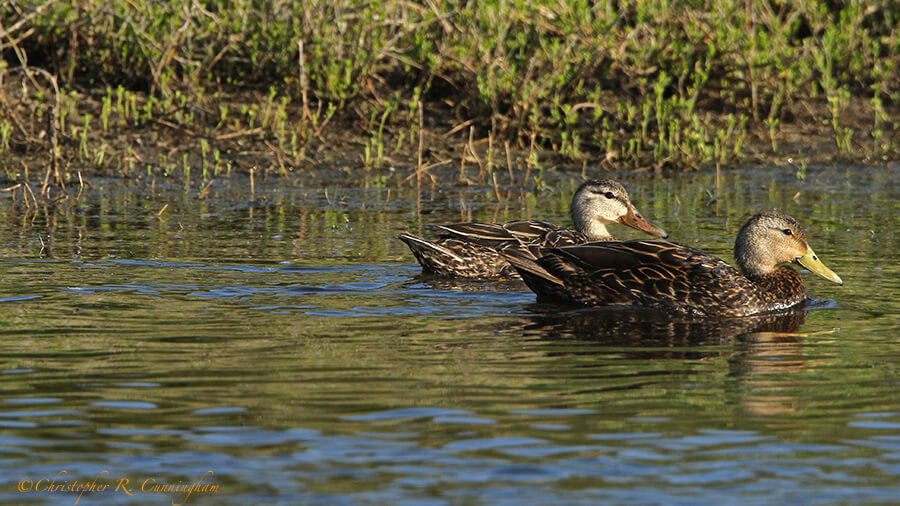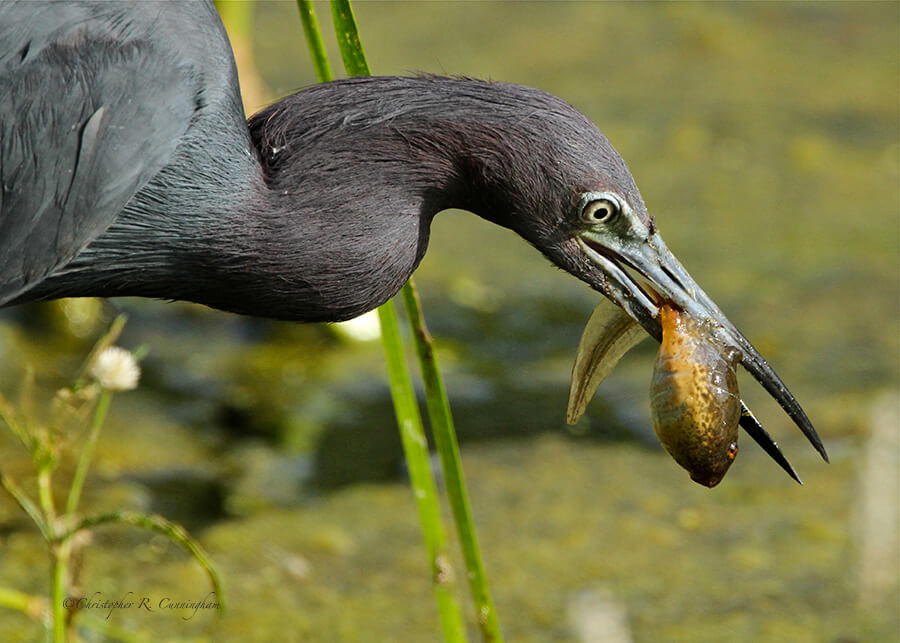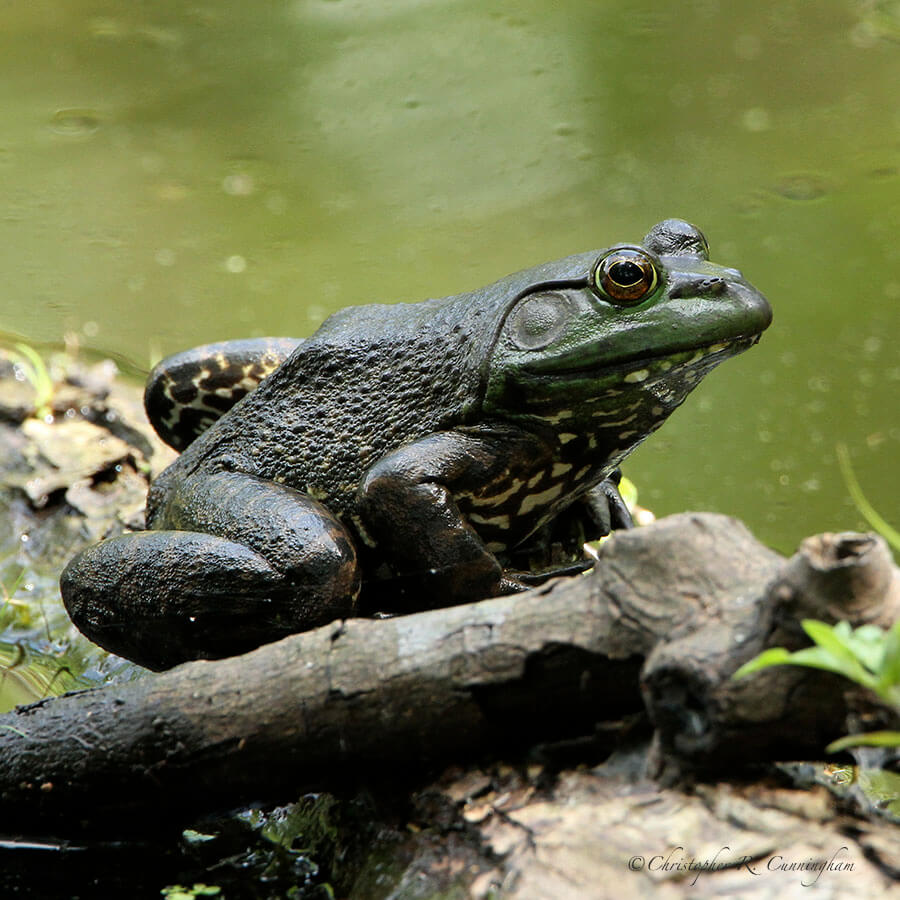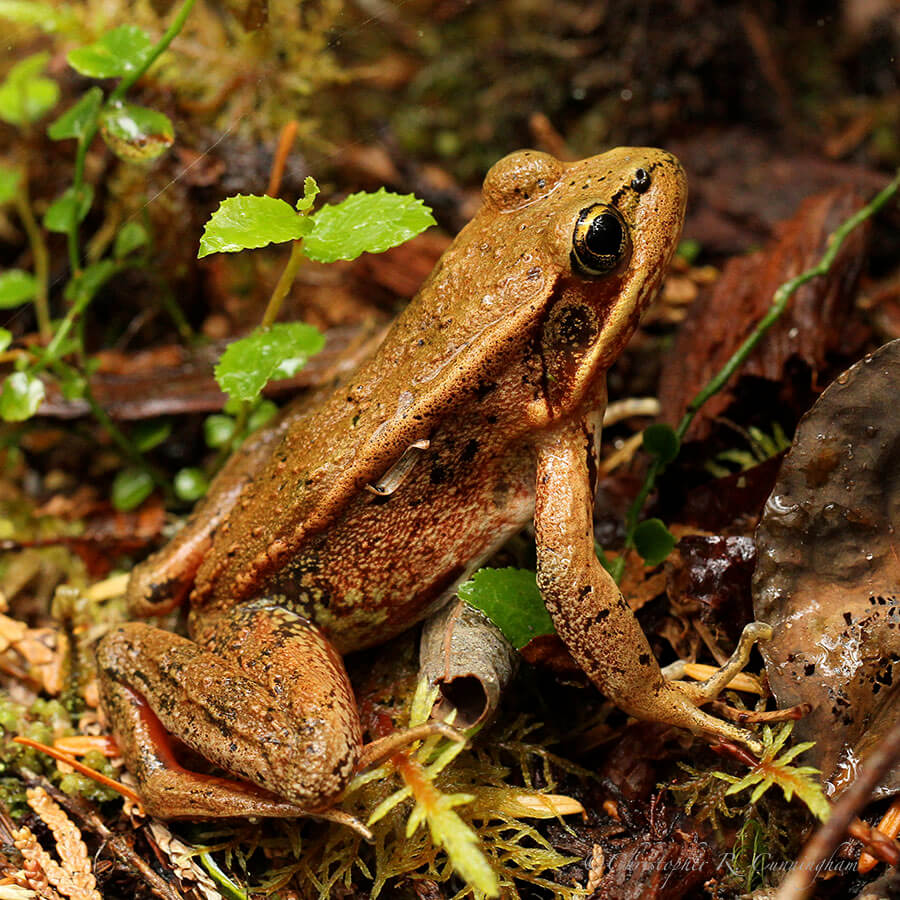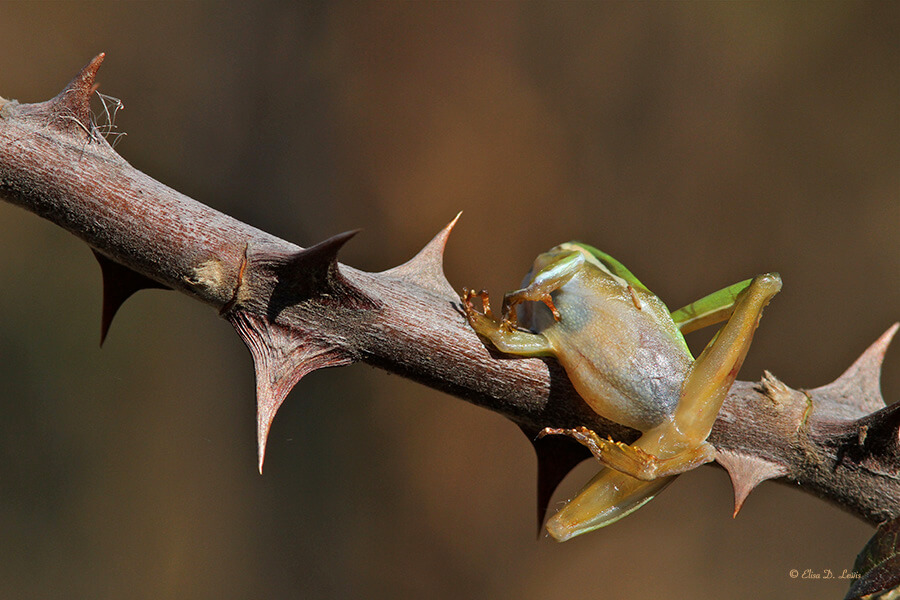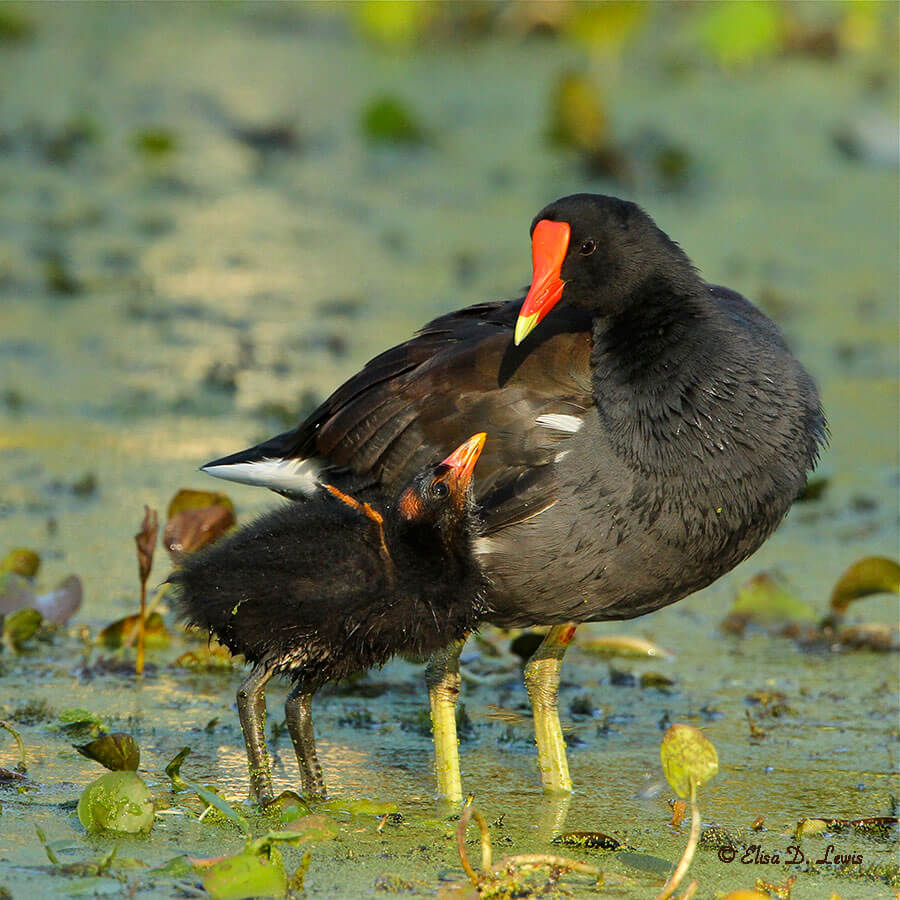You can’t wait for inspiration. You have to go after it with a club. –Jack London
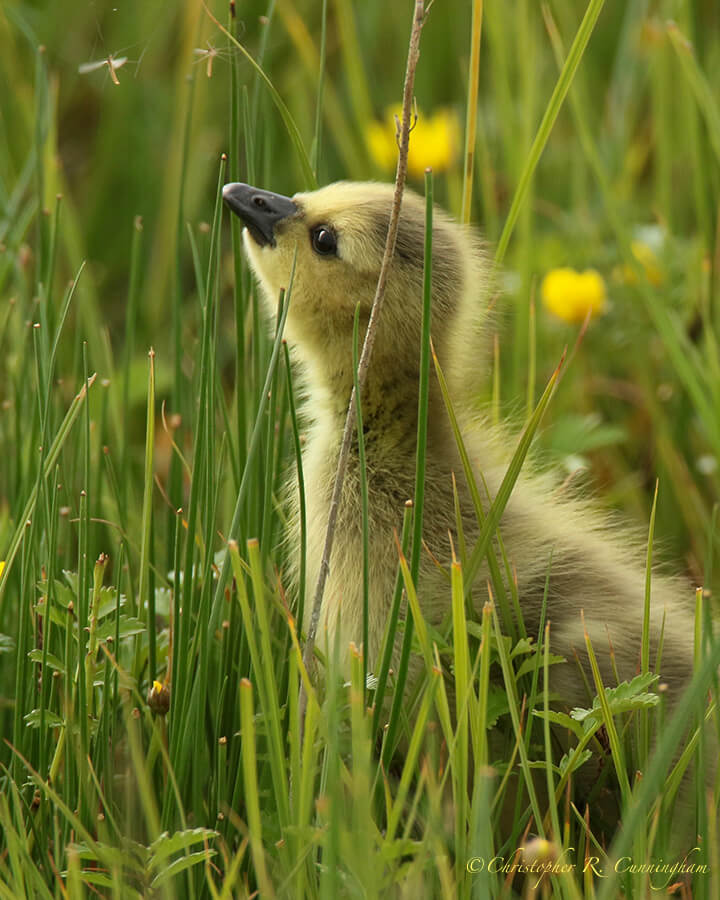
Coming and going from a photography workshop on St. Paul Island, Pribilof Islands, Alaska we had the opportunity to spend about two days photographing wildlife in the Anchorage area. We spent most of that time at Potter Marsh, but managed to make a visit to Cheney Lake on a tip (thanks to DK and LG) that Red-necked Grebes were nest-sitting there.
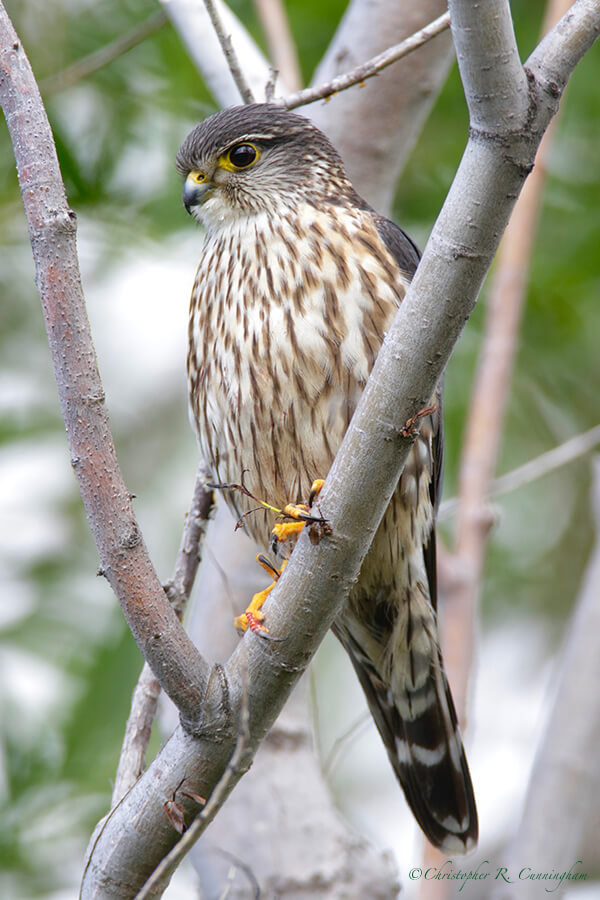
The Potter Marsh boardwalk is a well-known birding hot spot just south of Anchorage. Here, elevated walkways wind through marsh and surrounding woodlands: We added a number of new species to our list including Alder Flycatcher, Common Redpoll, Mew Gull, and Arctic Tern. We also saw Mallard drakes in eclipse plumage (and birds molting into said) for the first time. The density of visitors (and boardwalk vibration caused by footfalls) reminded us of Brazos Bend State Park where the constant flow of foot traffic can preclude serious photographic work and observation. Nevertheless, Potter Marsh is well worth a visit, especially early in the morning.
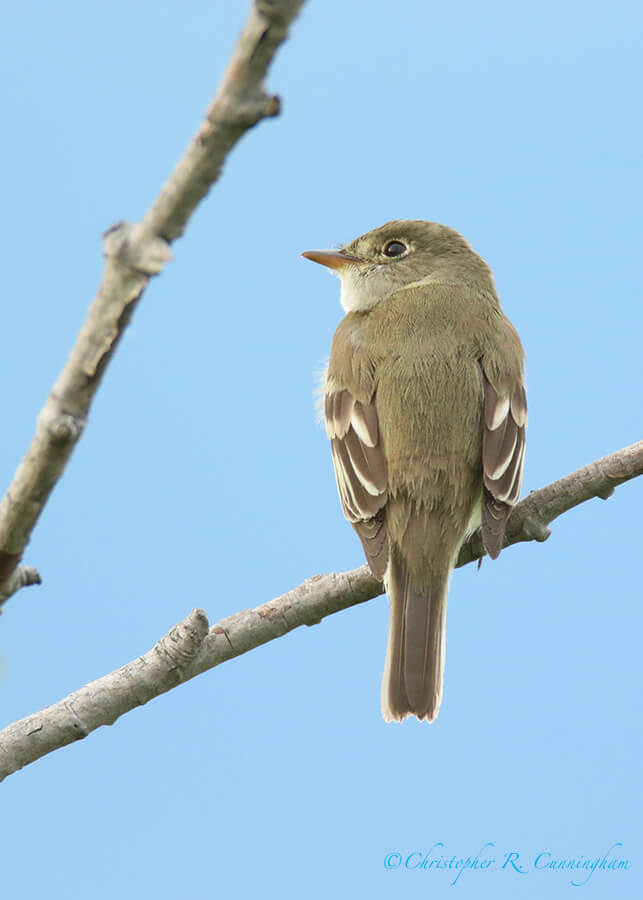
Although most of the time on St. Paul the weather consisted of some combination of fog, rain, sea mist, and wind, our time in Anchorage was mostly pleasant with sunshine and patchy clouds or an occasional thin covering of clouds with temperatures between 50º and 70º F.
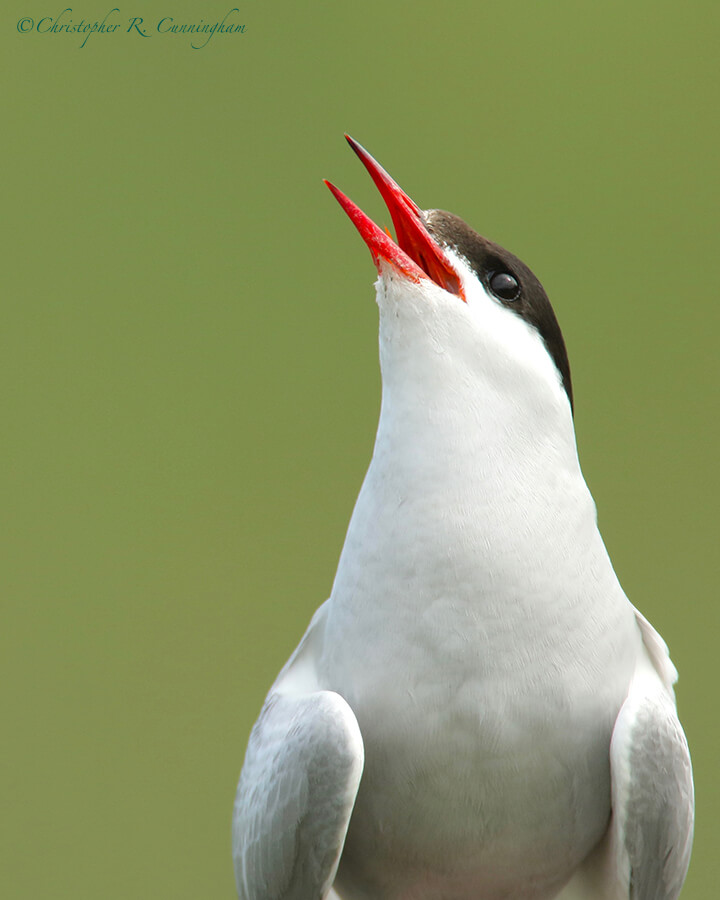
The highlight of Cheney Lake was a nest-sitting Red-necked Grebe with two chicks. The babies clambered around the adult. Occasionally the other parent would deliver a small fish to the young birds. We also observed the nest-sitting parent feed the chicks white downy feathers it plucked from its own breast. These ingested feathers are thought to aid in the formation of pellets. These pellets are composed of feather fragments and indigestible particles like fish bones and are ejected through the gullet.
All in all, this was an excellent trip, and we learned a great deal. Much of what we learned during the workshop will take time to digest (and to acquire and master some new software!). But on the journey up and back we learned we should slow down in arriving at a place–and not only because getting to St. Paul requires eleven hours in a plane over three legs. We could have easily spent several more days in Anchorage birding. And even with that we would not have even begun to scratch the surface of the rich nature this city and environs offers.
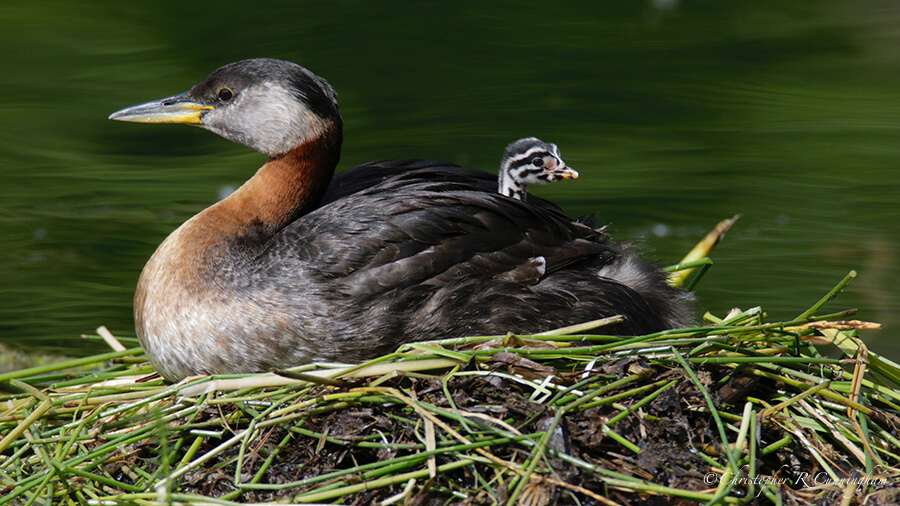
©2017 Elisa D. Lewis and Christopher R. Cunningham. All rights reserved. No text or images may be duplicated or distributed without permission.
